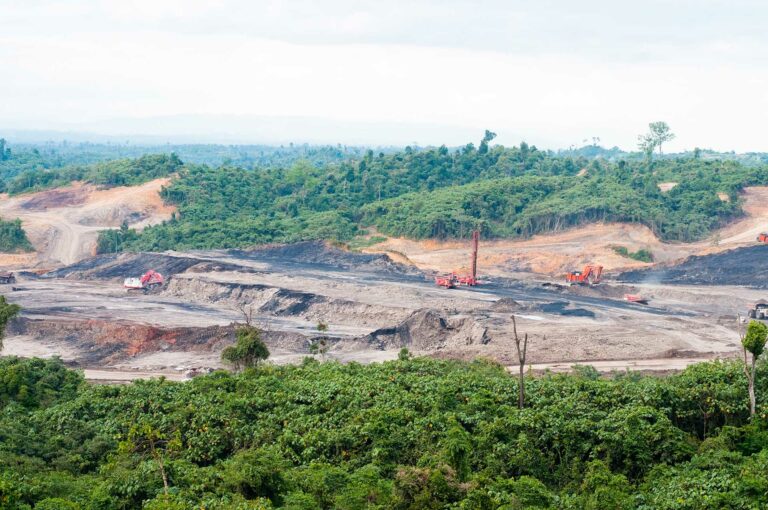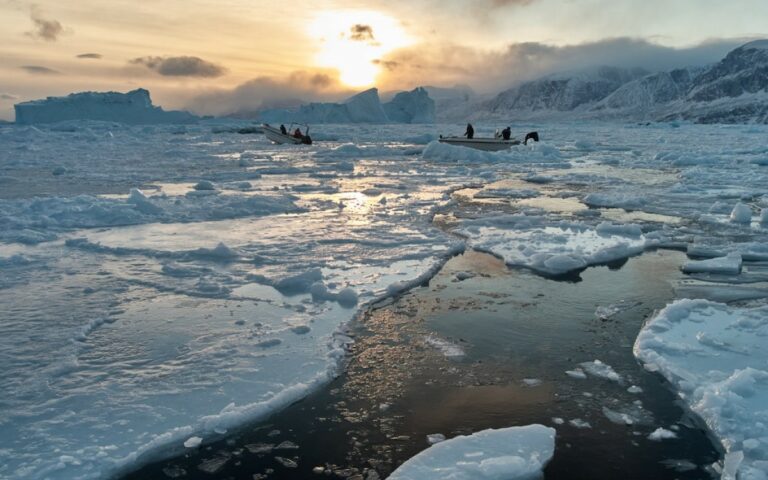As governments and companies are transitioning from fossil fuels to renewable energy, minerals...Read More
The Green Climate Fund (GCF) is a multilaterally-funded financial mechanism created in 2010 to provide climate mitigation and adaptation funding to developing countries and serves as the financial mechanism of the UNFCCC and the Paris Agreement.
Under the UNFCCC, developed countries have committed to jointly mobilize $100 billion USD per year, while also agreeing that “a major share of new multilateral, multi-billion dollar funding should be channeled through the Green Climate Fund.” Despite this pledge, developed countries are failing to uphold their commitment to providing critical climate finance to developing countries.
Under the GCF’s initial resource mobilization from 2018 to 2020, countries pledged only $10.3 billion to the GCF. Notably, the United States, which is responsible for nearly 25 percent of cumulative CO2 emissions since 1750, pledged only $3 billion to the GCF, and failed to fulfill $2 billion of its pledge. The U.S. also did not provide any additional funding to the GCF in its first replenishment, which raised $9.9 billion in pledges for the 2020 to 2023 period.
Most climate finance funds have been in the form of loans, perversely adding to the indebtedness crisis faced by many lower-income countries. Loans make up more than half of the public climate finance provided. Carbonbrief.org adds that loans constituted an estimated two-thirds of public climate finance in 2015-16.
According to the International Energy Agency (IEA), global oil and gas industry profits in 2022 increased from an average of $1.5 trillion to $4 trillion. A four percent windfall profits tax on these increased profits would fully fund the $100 billion annual target for the GCF. According to the Organization for Economic Co-operation and Development (OECD), developed countries provided $83.3 billion USD in climate finance to developing countries in 2020, with $13.1 billion in private finance, $1.9 billion in export credits, $36.9 billion in multilateral funding, and $31.4 billion in bilateral funding. Yet, little of this funding has been allocated to the GCF.
Photo Credit: A “green” building in Bangladesh. An example of a project funded by the Green Climate Fund is the Programme for Energy Efficiency in Buildings, which aims to transform the construction sector by advancing more energy-efficient building design, construction, and operation in developing countries. Photo by Abir Abdullah (Climate Visuals Countdown).
More reading...
The Paris Agreement states that: Parties shall cooperate in taking measures, as appropriate,...Read More
The World Health Organization has estimated that between 2030-2050 climate change will cause...Read More
Cultural destruction is a less well-recognized form of climate-induced loss and damage and...Read More
The right to participate in public affairs in combatting climate change is critical.
Bottom trawling is a destructive method of fishing in which a heavy, weighted...Read More






